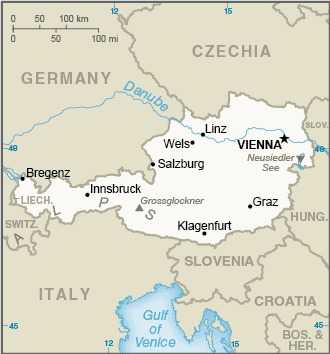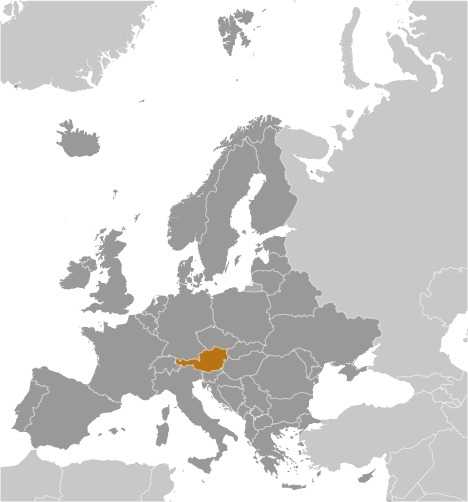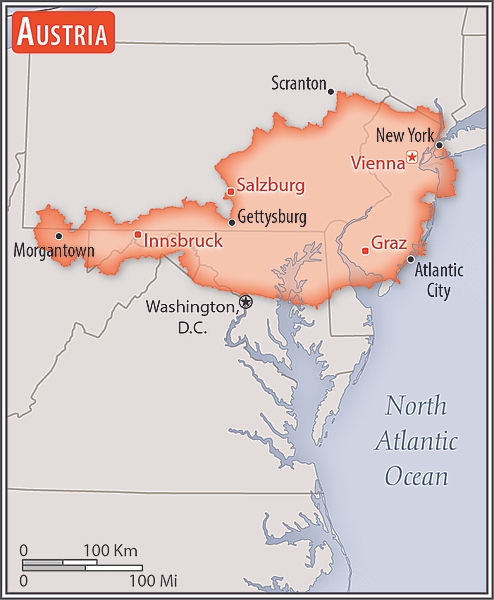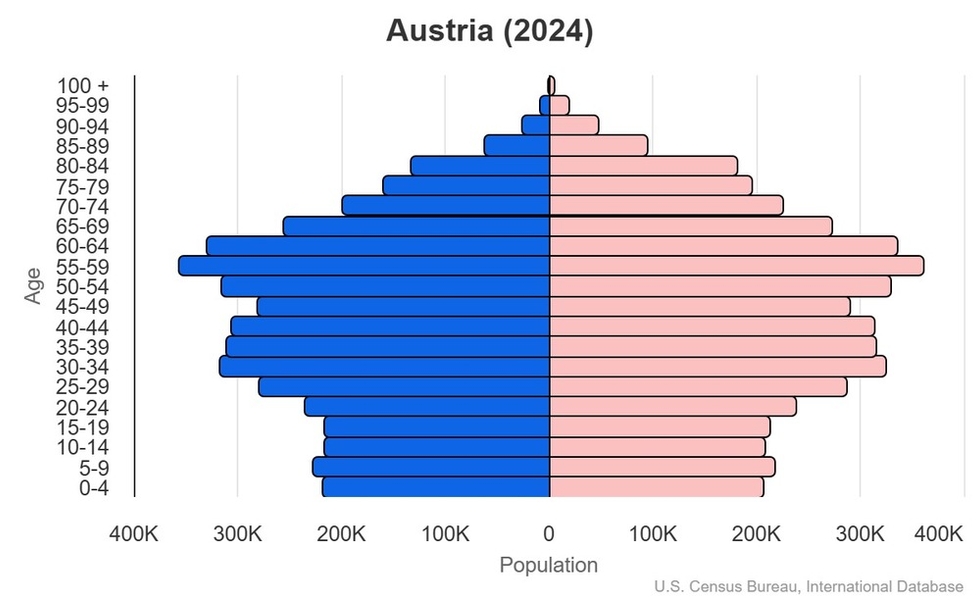Introduction
Visit the Definitions and Notes page to view a description of each topic.
Geography
People and Society
Population
comparison rankings: total 100; male 102; female 99
Languages
Median age
comparison ranking: total 24
Population growth rate
comparison ranking: 167
Birth rate
comparison ranking: 194
Death rate
comparison ranking: 37
Net migration rate
comparison ranking: 32
Maternal mortality ratio
comparison ranking: 167
Infant mortality rate
comparison ranking: total 201
Life expectancy at birth
comparison ranking: total population 24
Total fertility rate
comparison ranking: 200
Obesity - adult prevalence rate
comparison ranking: 105
Alcohol consumption per capita
comparison ranking: total 5
Tobacco use
comparison ranking: total 72
Education expenditure
comparison ranking: Education expenditure (% GDP) 56
Environment
Carbon dioxide emissions
comparison ranking: total emissions 55
Government
Economy
Real GDP (purchasing power parity)
comparison ranking: 45
Real GDP growth rate
comparison ranking: 202
Real GDP per capita
comparison ranking: 26
Inflation rate (consumer prices)
comparison ranking: 89
GDP - composition, by sector of origin
comparison rankings: agriculture 169; industry 107; services 57
Industrial production growth rate
comparison ranking: 181
Labor force
comparison ranking: 90
Unemployment rate
comparison ranking: 99
Youth unemployment rate (ages 15-24)
comparison ranking: total 107
Gini Index coefficient - distribution of family income
comparison ranking: 114
Public debt
comparison ranking: 42
Taxes and other revenues
comparison ranking: 14
Current account balance
comparison ranking: 25
Reserves of foreign exchange and gold
comparison ranking: 54
Energy
Electricity
comparison rankings: installed generating capacity 36; consumption 45; exports 12; imports 10; transmission/distribution losses 141
Energy consumption per capita
comparison ranking: 35
Communications
Telephones - fixed lines
comparison ranking: total subscriptions 34
Telephones - mobile cellular
comparison ranking: total subscriptions 90
Broadband - fixed subscriptions
comparison ranking: total 52
Transportation
Merchant marine
comparison ranking: total 181





